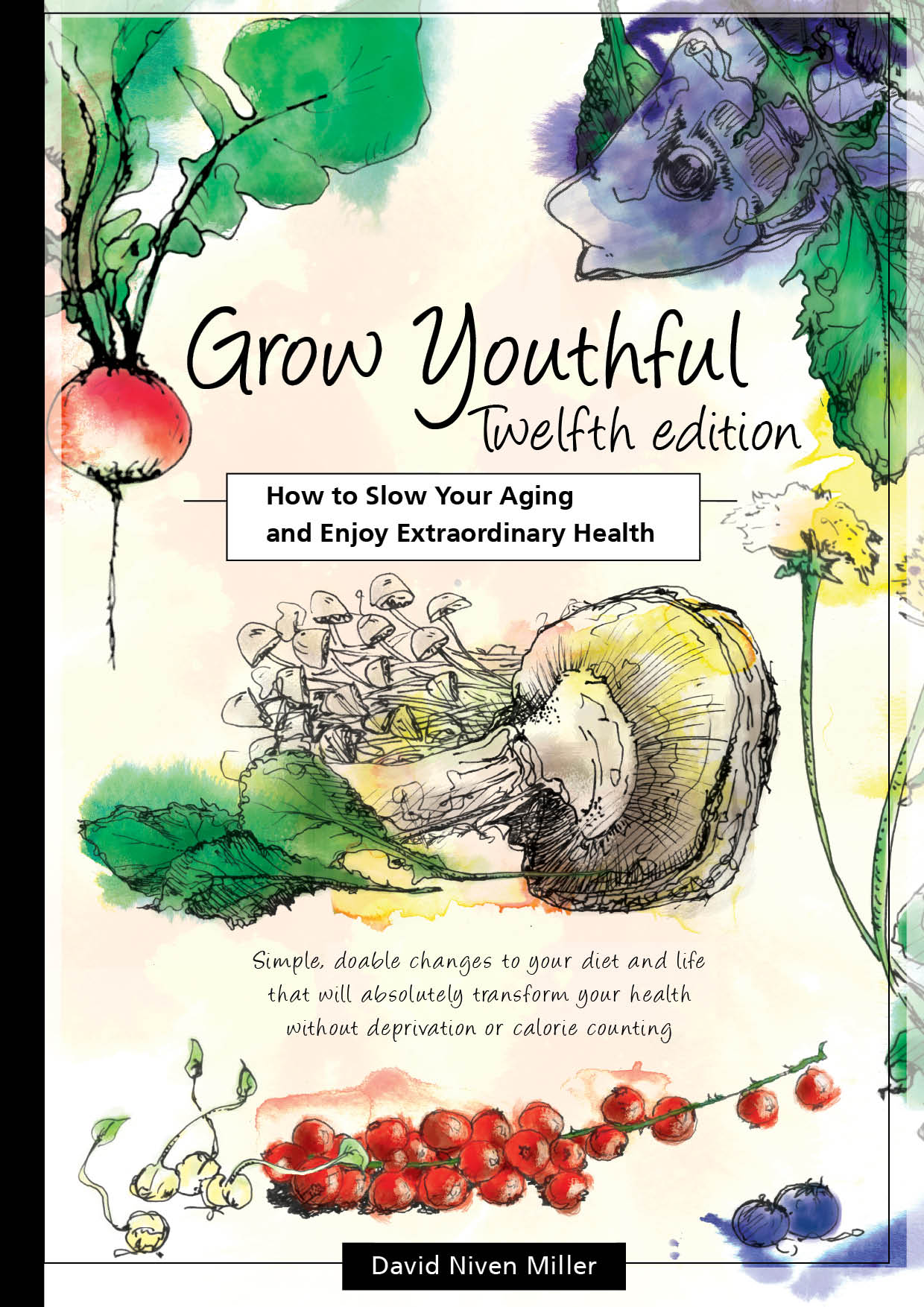
Chemicals in lavender and tea tree oil appear to be hormone disruptors
Hormone disruptors and gynecomastia
The 2007 study of boys and gynecomastia
The 2018 study of essential oils and gynecomastia
References
Hormone disruptors and gynecomastia
Chemicals in lavender and tea tree oil appear to be hormone disruptors.
An endocrine disruptor is a molecule that looks enough like a real hormone to be able to latch onto hormone receptors and mimic with or interfere with real hormones. The most common disruptors are found in a list of xenoestrogens, and the most common symptom is estrogen dominance.
Gynecomastia (man boobs) is an endocrine system disorder in which there is abnormal growth of male breast tissue, eventually resulting in large male breasts. This swelling of breast tissue is usually caused by an imbalance of the hormones estrogen and testosterone. Gynecomastia can affect one or both breasts, sometimes unevenly. It normally occurs in adult men. Male gynecomastia occurring before puberty is rare, but there are a growing number of cases occurring in boys who have had topical exposure to lavender or tea tree essential oils.
The 2007 study of boys
A 2007 study (1) found that found three pre-pubertal boys between the ages of four and ten were in various stages of gynecomastia after using lavender and tea tree oils on their skins. These essential oils came from cream, soap or shampoo products that were applied topically. Lavender and tea tree oils have estrogenic (estrogen-like) properties and anti-androgenic (testosterone inhibiting-like) activities. This means that they enhance, disrupt or inhibit various hormones, some of which affect puberty and growth. They may also affect other male characteristics.
The first boy in the study was a four year old twin. He developed breast tissue growth after his mother applied a "healing balm" containing lavender oil to his skin. His brother did not get the balm and showed no signs of gynecomastia.
The second boy, aged ten years, developed enlarged breast tissue over the previous five months. After questioning it emerged that he was using a shampoo and hair gel containing lavender oil and tea tree oil every morning.
The third boy, aged seven, had a one-month history of gynaecomastia. He had been using lavender-scented soaps and skin lotions.
In all three cases when the boys stopped using the essential oils the breast tissue growth also stopped, and reversed after several months.
The 2018 study of essential oils
A 2018 study (2) at the National Institute of Environmental Health Sciences found a link between abnormal breast growth in young boys (pre-pubertal gynecomastia) and the use of lavender or tea tree essential oils.
Two chemicals in these essential oils act as endocrine disruptors. Lavender and tea tree oil are popular treatments for a number of common ailments, and are used in aromatherapy, skin creams, shampoos, soaps and other personal care and cleaning products.
This study isolated eight compounds from the hundreds of chemicals found in lavender and tea tree oils. Four of them were present in both oils. The researchers applied these chemicals to human cancer cells to measure changes of estrogen receptor and androgen receptor target genes and transcriptional activity. Researcher Tyler Ramsey said they showed estrogenic and/or anti-androgenic properties that were consistent with hormonal conditions that stimulate gynecomastia in prepubescent boys.
Ramsey said he was concerned that the chemicals they tested appear in at least 65 other essential oils. Most people assume that essential oils are safe, but lavender oil and tea tree oil should not be used on children. More studies are needed to ensure that these two oils are safe in any quantity when used by males and females of all different age groups.
References
1. Derek V. Henley, Natasha Lipson, Kenneth S. Korach, Clifford A. Bloch.
Prepubertal Gynecomastia Linked to Lavender and Tea Tree Oils.
1 February 2007. N Engl J Med 2007; 356:479-485. DOI: 10.1056/NEJMoa064725.
2. J. Tyler Ramsey, Kenneth Korach et al.
Chemicals in lavender and tea tree oil appear to be hormone disruptors.
National Institute of Environmental Health Sciences presentation at the Endocrine Society on 19 March 2018.
